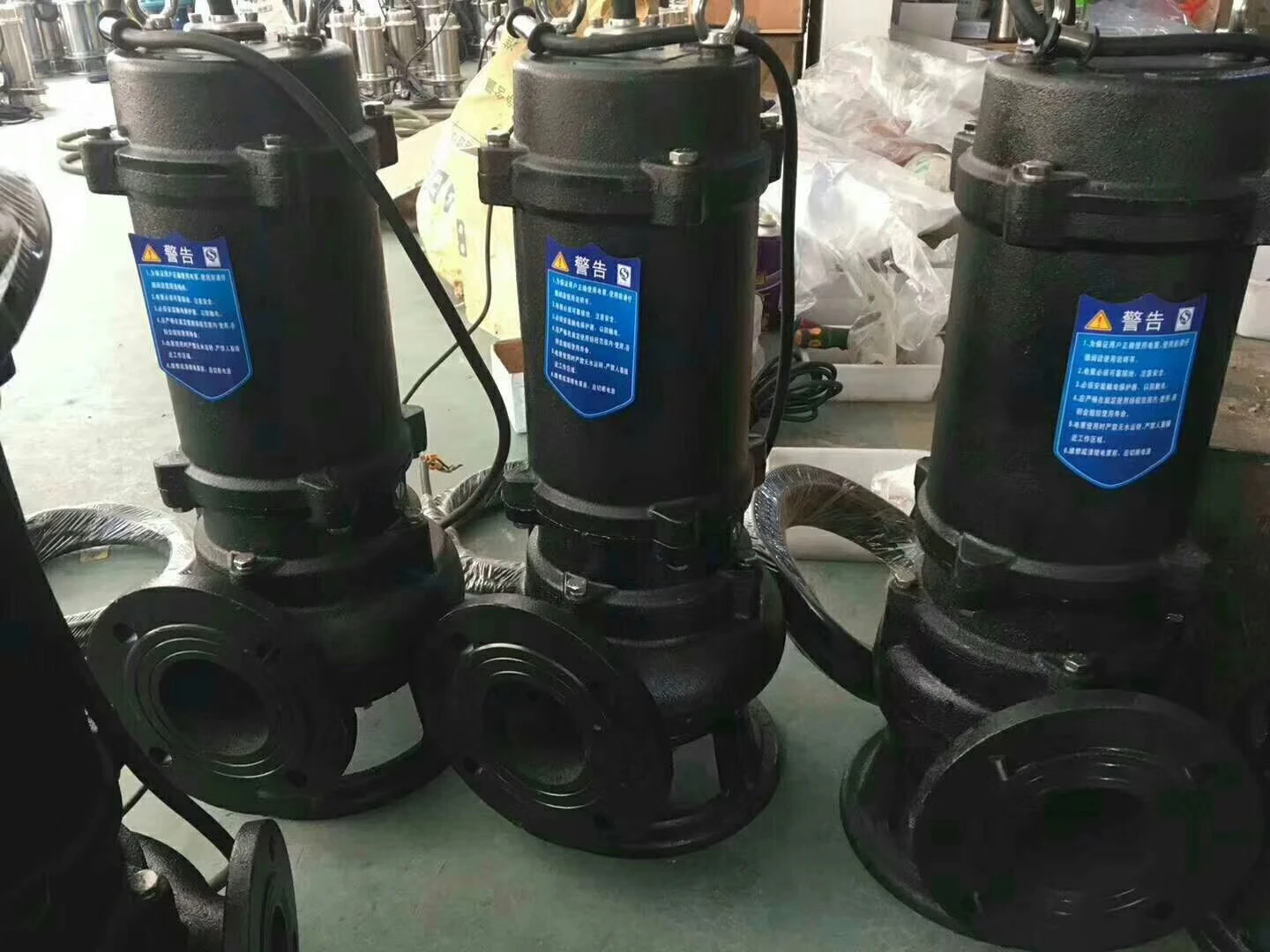English
- Afrikaans
- Albanian
- Amharic
- Arabic
- Armenian
- Azerbaijani
- Basque
- Belarusian
- Bengali
- Bosnian
- Bulgarian
- Catalan
- Cebuano
- Corsican
- Croatian
- Czech
- Danish
- Dutch
- English
- Esperanto
- Estonian
- Finnish
- French
- Frisian
- Galician
- Georgian
- German
- Greek
- Gujarati
- Haitian Creole
- hausa
- hawaiian
- Hebrew
- Hindi
- Miao
- Hungarian
- Icelandic
- igbo
- Indonesian
- irish
- Italian
- Japanese
- Javanese
- Kannada
- kazakh
- Khmer
- Rwandese
- Korean
- Kurdish
- Kyrgyz
- Lao
- Latin
- Latvian
- Lithuanian
- Luxembourgish
- Macedonian
- Malgashi
- Malay
- Malayalam
- Maltese
- Maori
- Marathi
- Mongolian
- Myanmar
- Nepali
- Norwegian
- Norwegian
- Occitan
- Pashto
- Persian
- Polish
- Portuguese
- Punjabi
- Romanian
- Russian
- Samoan
- Scottish Gaelic
- Serbian
- Sesotho
- Shona
- Sindhi
- Sinhala
- Slovak
- Slovenian
- Somali
- Spanish
- Sundanese
- Swahili
- Swedish
- Tagalog
- Tajik
- Tamil
- Tatar
- Telugu
- Thai
- Turkish
- Turkmen
- Ukrainian
- Urdu
- Uighur
- Uzbek
- Vietnamese
- Welsh
- Bantu
- Yiddish
- Yoruba
- Zulu
Telephone: +86 13120555503
Email: frank@cypump.com
Nov . 16, 2024 19:06 Back to list
Efficient Wastewater Removal with Sewage Ejector Pumping Solutions for Homes and Businesses
Understanding Sewage Ejector Pump Systems
Sewage ejector pump systems play a vital role in the management of wastewater in residential and commercial settings, particularly where gravity drainage is not feasible. These specialized systems are designed to move sewage and wastewater from lower to higher elevation locations, ensuring that effluent is transported efficiently to the main sewer line or septic system.
A sewage ejector pump is typically installed in a basin, known as a sump, which collects sewage from bathrooms, laundry rooms, or other areas where plumbing fixtures are below the level of the main sewer line. When the water and waste accumulate in the sump, the pump activates automatically once it reaches a predetermined level. The pump then ejects the contents into the sewer line, overcoming the force of gravity.
The construction of a sewage ejector pump system involves several key components, including the pump itself, the sump basin, a check valve, and discharge piping. The sewage ejector pump is typically a submersible pump, meaning it operates underwater in the sump. The size and horsepower of the pump depend on the volume of sewage it needs to handle and the vertical distance it must lift the waste.
sewage ejector pump system

One of the main advantages of using a sewage ejector pump system is its ability to permit the installation of bathrooms and laundry facilities in areas where plumbing would otherwise be impractical
. For instance, in a basement or a lower-level apartment where gravity drainage is not possible, an ejector pump system provides a solution that allows for modern conveniences without extensive excavation or re-routing of existing sewer lines.Safety is also a critical factor in sewage ejector pump systems. These pumps are designed with features that prevent backflow, such as check valves, which allow sewage to move in one direction only. Additionally, many systems are equipped with alarms to alert homeowners if there is a malfunction or if the pump fails to operate correctly.
Maintenance of sewage ejector pump systems is essential to ensure their longevity and reliability. Regular inspections should be conducted to check for clogs or obstructions in the pump or discharge lines. Homeowners are also advised to avoid flushing non-biodegradable items or harmful chemicals, which can damage the pump and disrupt the wastewater system.
In conclusion, sewage ejector pump systems are crucial for effective wastewater management in low-lying areas. By understanding their function and importance, homeowners can appreciate the investment in a system that ensures their plumbing remains functional and efficient. Proper maintenance and awareness of the system’s operation are paramount to avoid costly repairs and ensure the smooth operation of these essential devices.
-
ISG Series Vertical Pipeline Pump - Chi Yuan Pumps Co., LTD.|Advanced Hydraulic Design&Energy-Efficient Solutions
NewsJul.30,2025
-
ISG Series Vertical Pipeline Pump - Chi Yuan Pumps Co., LTD.
NewsJul.30,2025
-
ISG Series Vertical Pipeline Pump - Chi Yuan Pumps Co., LTD.|energy-efficient fluid handling&industrial durability
NewsJul.30,2025
-
ISG Series Vertical Pipeline Pump - Chi Yuan Pumps | Advanced Engineering&Industrial Efficiency
NewsJul.30,2025
-
ISG Series Pipeline Pump - Chi Yuan Pumps | High Efficiency, Energy Saving
NewsJul.30,2025
-
ISG Series Vertical Pipeline Pump-Chi Yuan Pumps|High Efficiency&Reliable Performance
NewsJul.29,2025










